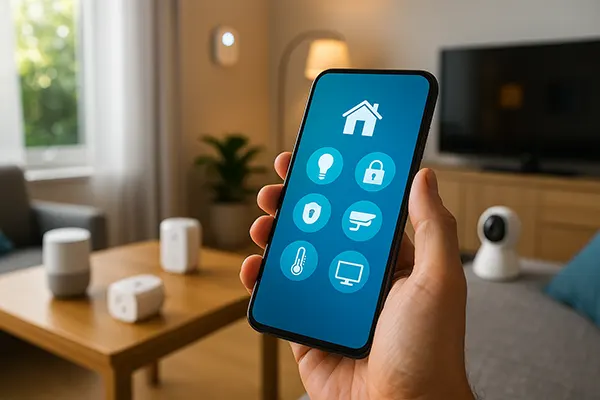
Integration of IoT Devices with Mobile Apps: When the Smartphone Becomes the Heart of the Smart Home
In 2025, smartphones have evolved beyond communication tools — they are now command centres for the Internet of Things (IoT). Modern users can control home appliances, monitor energy consumption, and manage security systems directly from their mobile devices. This transformation marks the smartphone as the key node in a connected ecosystem that combines convenience, safety, and sustainability.
The Role of Smartphones in the Internet of Things Ecosystem
Smartphones act as mediators between users and their smart devices. Through Bluetooth, Wi-Fi, and 5G, they connect to thermostats, cameras, lighting systems, and even wearable technologies. By integrating IoT devices with mobile apps, users gain immediate access to real-time data and control, which fosters efficiency and personalisation in everyday life.
One of the biggest advantages of this integration is unified management. Instead of relying on separate controllers, the smartphone’s interface centralises control across multiple devices. For example, Apple’s HomeKit or Google Home apps allow users to automate lighting, temperature, and door locks from one dashboard.
As a result, smartphones are not merely interfaces — they are intelligent hubs that interpret commands, process data, and communicate with IoT cloud servers. This makes them indispensable in shaping the digital home environment of the future.
Technological Foundations of IoT Integration
The success of IoT-smartphone integration relies on protocols like MQTT, Zigbee, and Matter. These ensure stable communication and interoperability between devices from different manufacturers. The Matter protocol, in particular, has become a game changer in 2025, offering a universal standard that simplifies setup and guarantees compatibility across brands.
Cloud computing and edge processing further enhance functionality. Data collected from sensors and devices can be processed locally by the smartphone or transmitted to secure cloud servers for advanced analytics. This dual model improves speed and reliability while maintaining user control.
Artificial Intelligence (AI) plays a growing role in optimising interactions. Smartphones now use machine learning to predict user behaviour — such as adjusting temperature before arrival or dimming lights automatically at night — making homes more responsive and energy-efficient.
Security and Privacy in Smart Home Networks
With the growing number of connected devices, cybersecurity has become one of the top priorities for 2025. Smartphones handle authentication, encryption, and device permissions, protecting users from data leaks and unauthorised access. Biometric verification, such as facial recognition and fingerprint sensors, is now standard for smart home app logins.
Leading manufacturers integrate hardware-level security modules into smartphones that safeguard communication channels with IoT devices. This ensures that even if one gadget is compromised, the entire network remains protected through layered encryption protocols.
Privacy laws in Europe and the UK, such as the GDPR and its 2025 extensions, require companies to provide transparency about how data from IoT devices is stored and used. Mobile apps have adapted by including clear privacy dashboards and consent management options for users.
Best Practices for Secure IoT Integration
Users should always update device firmware and mobile applications to close vulnerabilities. Enabling multi-factor authentication significantly reduces the risk of unauthorised control. In addition, experts recommend using separate Wi-Fi networks for smart devices to isolate them from primary home connections.
Smartphone developers continue to prioritise encryption and security audits, especially for apps that manage critical infrastructure like locks or alarms. In 2025, the inclusion of AI-driven threat detection is becoming an essential part of IoT safety systems.
Education remains crucial — understanding how to configure and protect devices ensures that the benefits of a connected home do not come at the cost of digital security. Users who take proactive steps can enjoy both innovation and peace of mind.
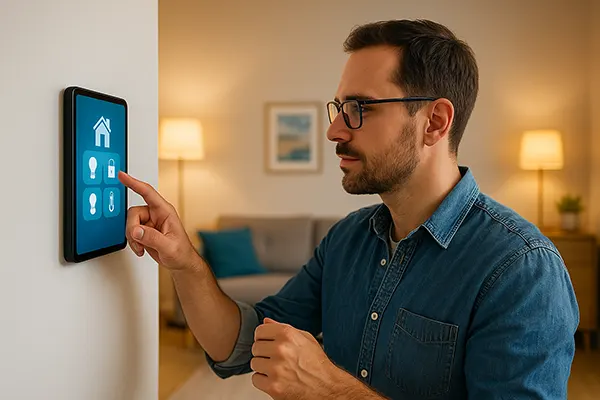
Future of IoT and Mobile Integration
The next phase of IoT evolution lies in seamless interoperability, powered by advances in 6G and edge computing. These technologies will enable near-instant communication between smartphones and smart devices without relying on cloud intermediaries, reducing latency and improving privacy.
In 2025, smartphone manufacturers are embedding dedicated IoT processors capable of handling multiple connections simultaneously. This allows users to manage complex smart home networks without draining the phone’s battery or compromising performance.
The fusion of augmented reality (AR) and IoT represents another exciting frontier. Imagine controlling your home through visual overlays — pointing a smartphone camera at a device to adjust settings instantly. Such intuitive interactions will redefine how people engage with technology in their daily lives.
How the Smart Home Will Evolve by 2030
Experts predict that by 2030, smartphones may give way to wearable or ambient devices as the central IoT controllers. However, their legacy will remain — as pioneers that bridged the gap between humans and machines in the connected world.
Energy-efficient algorithms, solar-powered sensors, and self-learning systems will make smart homes not only convenient but also sustainable. Smartphones will continue to play a vital role in managing these systems, serving as personal assistants for both comfort and conservation.
Ultimately, the evolution of IoT and mobile integration highlights a clear trend: technology is moving towards greater autonomy, yet it remains deeply centred on user experience. The smartphone, as of today, stands at the very core of that transformation.
Popular topics
-
 Bluefish: The Coder’s Companion – A Comprehen...
Bluefish: The Coder’s Companion – A Comprehen...In the vast realm of coding software, Bluefish has steadily …
-
 Top 3 Programs for Designers: A Detailed Review
Top 3 Programs for Designers: A Detailed ReviewIn the ever-evolving world of digital design, the tools and …
-
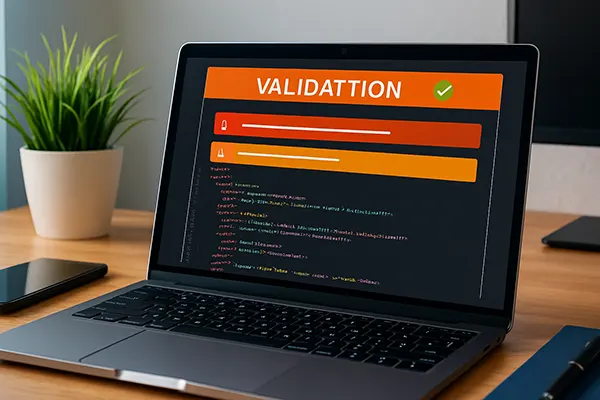 The Future of HTML and CSS Validation: 2025 Standards in ...
The Future of HTML and CSS Validation: 2025 Standards in ...In early 2025, HTML and CSS validation has undergone a …
-
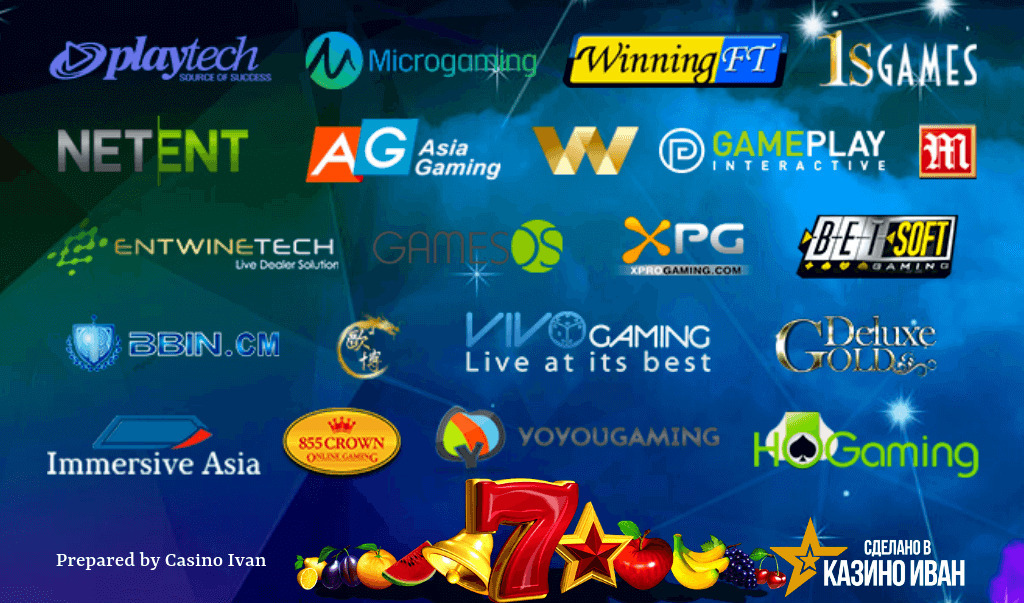 The best slot manufacturers for the gaming industry
The best slot manufacturers for the gaming industryThere are a lot of slots in the casino at …
-
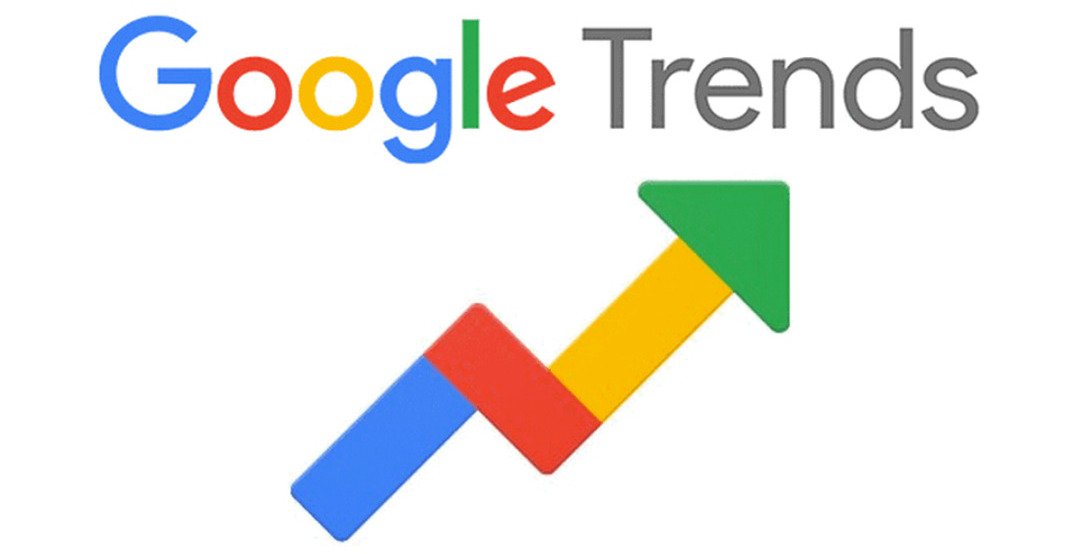 Google Trends. What is it and how to use it?
Google Trends. What is it and how to use it?This service makes it possible to quickly analyse current trends, …
